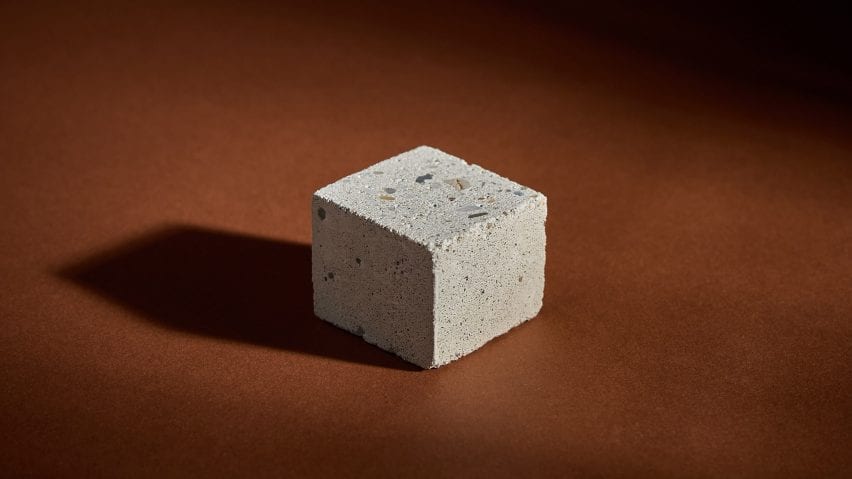
"One tonne of olivine sand can take in up to one tonne of CO2" says Teresa van Dongen
Dutch designer Teresa van Dongen has launched Aireal, an online library showcasing materials that can capture atmospheric carbon.
The fledgling library contains images and descriptions of materials developed by companies and institutes around the world that store carbon in a useful way via a process known as carbon capture and utilisation (CCU).
Materials featured include olivine, an abundant mineral that can absorb its own mass of carbon dioxide when crushed and scattered on the ground in a process known as mineral carbonation.
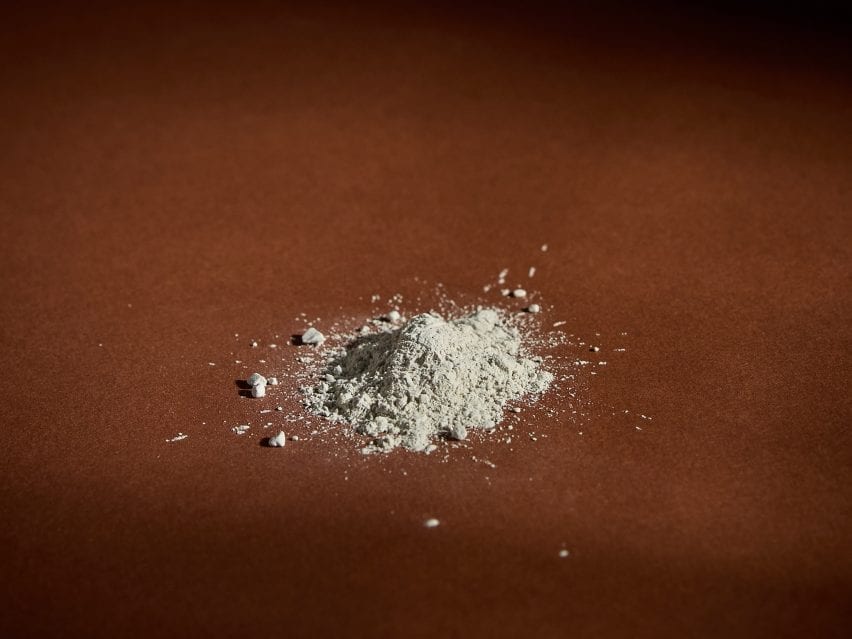
The library also features materials ranging from paper to fibre and food that neutralise atmospheric carbon dioxide by absorbing the carbon and releasing the oxygen.
"Aireal is a growing material library showing materials that capture CO2 in their production process," said van Dongen, describing the project as a" library of possibilities".
"The materials were developed in the spirit of the circular economy, where waste does not exist and carbon dioxide is seen as a resource for the creation of the products that we will use tomorrow," she said.
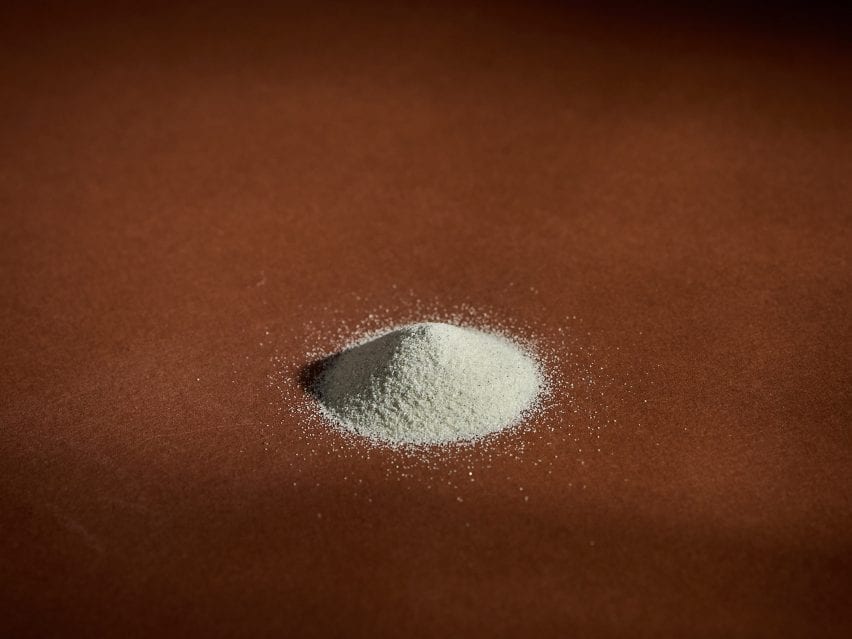
"I hope to encourage a connection between the institutes that create these materials and designers and architects that can make use of these existing and new materials," she added.
Olivine, a green-coloured magnesium–iron silicate, is one of the most common minerals on earth, making up between 60 and 80 per cent of the earth's mantle.
As part of its natural weathering process, the surface of the mineral reacts with CO2 contained in rainwater, absorbing the carbon to create a new carbonate mineral.
Olivine overlooked in favour of more complex carbon-capture methods
Yet olivine has been overlooked in the rush to explore ways of tackling climate change, van Dongen said.
"It absorbs CO2 very easily," van Dongen told Dezeen. "One tonne of olivine sand can take in up to one tonne of CO2, depending on the conditions. You just have to spread it out and nature will do its job."
European climate initiative Climate-KIC estimates that olivine could capture 850,000 tonnes of CO2 if it was used in small-scale projects in Rotterdam alone. Potential uses include fertiliser and a replacement for sand and gravel in landscaping projects.
Van Dongen said that the potential of natural materials such as olivine is being ignored as researchers and startups rush to develop more complex ways of reducing atmospheric carbon.
"One problem is the fact that research institutes that have or receive funding for CO2 absorption can’t patent the spreading of a mineral," she said.
"We are so stuck in thought patterns of industrialisation and capitalism that naturally occurring reactions can't win against the tech solutions."
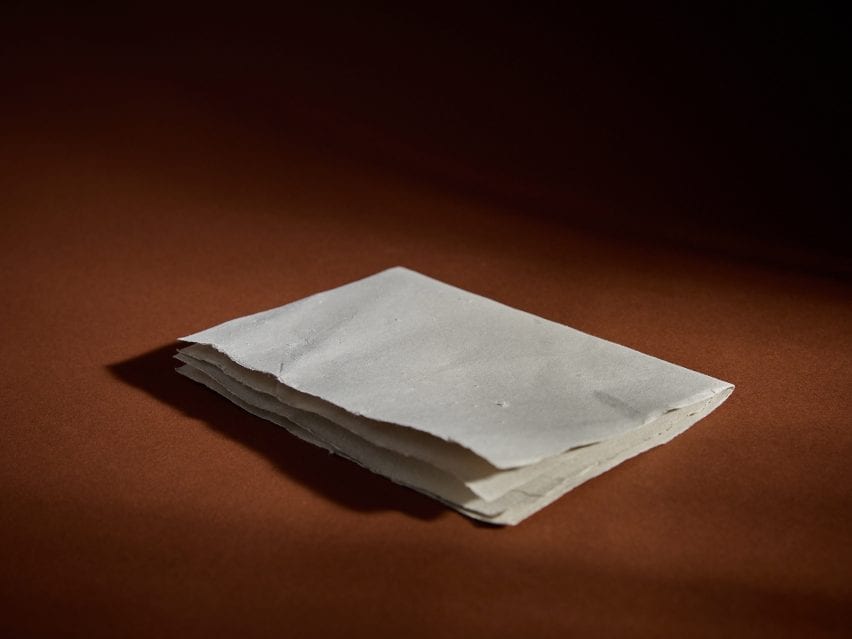
"During my research, I wondered many times why aren’t governments implementing this on a large scale yet," she added.
"One factor is that olivine is quite unknown compared to other means of CO2 absorption such as trees or seaweed. Also, the speed of the absorption is often slow compared with these natural absorption methods."
"But I think we shouldn’t compare and choose any more. There are places where you can’t grow trees and seaweed but you can spread olivine."
Once it has absorbed carbon from the atmosphere, olivine can be used in a variety of materials including cement, paper and 3D-printing filament.
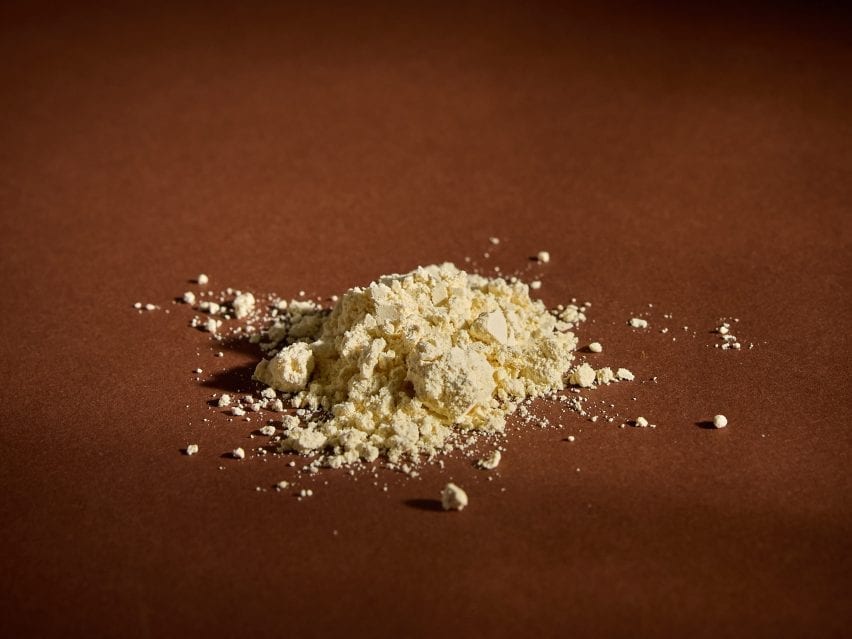
The Aireal library showcases a range of olivine products made by Green Minerals, who will produce the first 1,000 sheets of paper made from the carbonated mineral later this year.
"It is an unknown fact that a range of materials can be made with the reacted olivine mineral," van Dongen said.
"One day we will eat food that is produced from carbon dioxide"
Aerial also includes potential food sources made from CO2 including spirulina, a carbon-guzzling algae, and methane-consuming microbial proteins.
"I absolutely do think that one day we will eat food that is produced from carbon dioxide," said van Dongen. "It’s only a matter of time and government legislation. It starts with the realisation that all plant-based foods that we eat have absorbed CO2 in order for the plant to grow."
Microbial proteins are produced by microorganisms such as bacteria and fungi, which can be bred on a large scale in reactors. However, they can currently only be used as animal food due to strict regulations.
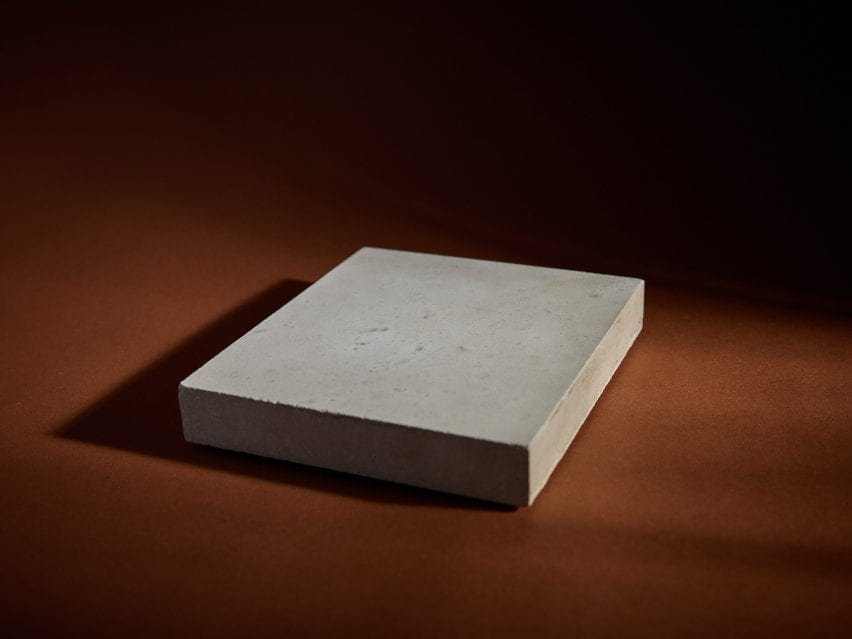
"This rule is based on a ridiculous fear of microbes," said van Dongen. "But microbially produced food is being seriously researched by NASA for space travel."
"They even take it to a whole next level where the excrement of astronauts can be transformed by microbes into a nutritious sandwich spread," she added.
"It's another taboo but not at all far-fetched when you consider that, on a daily basis, we eat plants that have been fed with animal manure."
Van Dongen has explored the potential of microorganisms in her previous work. Her bioluminescent lamp, produced for her graduation show in 2014, uses bacteria to generate light. Her more recent Mud Well project is powered by electricity generated by bacteria.
Van Dongen sees Aerial as a way of helping people see carbon as a useful resource rather than a problem material. "CO2 currently suffers from the connotation of pollution, but CO2 is an irreplaceable part of the cycle of life," she said.
The Aireal material library is part of van Dongen's residency at Amsterdam cultural platfrom Transnatural and forms part of The Unknown Mine Zone at the gallery until 3 September.
For details of more architecture and design events, visit Dezeen Events Guide.
Photography is by Hans Boddeke.
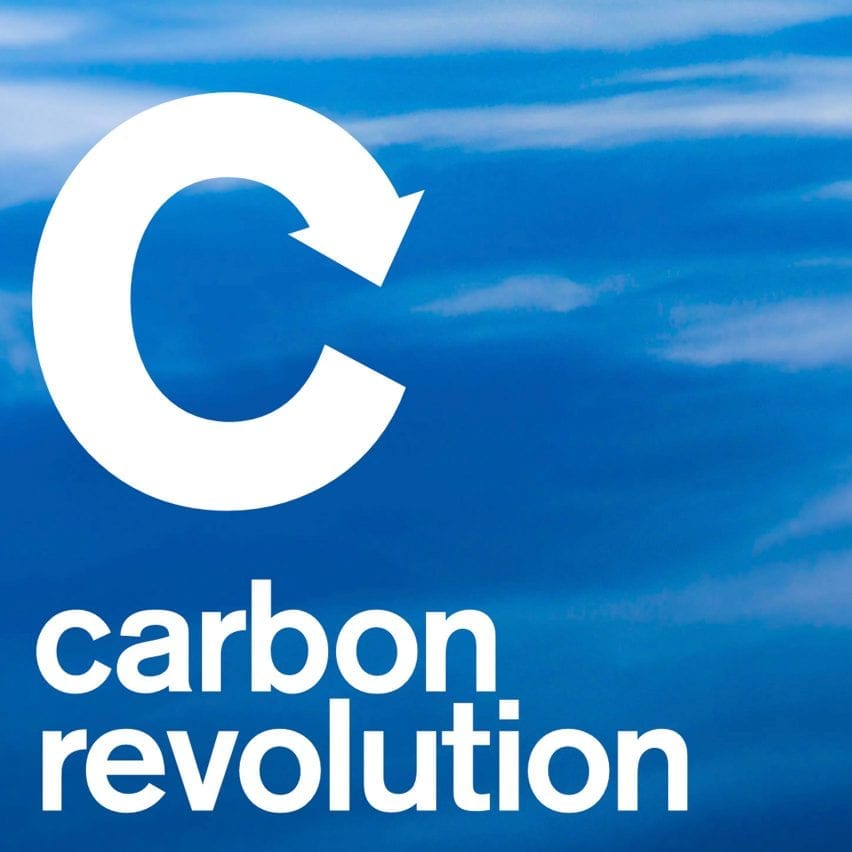
Carbon revolution
This article is part of Dezeen's carbon revolution series, which explores how this miracle material could be removed from the atmosphere and put to use on earth. Read all the content at: www.dezeen.com/carbon.
The sky photograph used in the carbon revolution graphic is by Taylor van Riper via Unsplash.